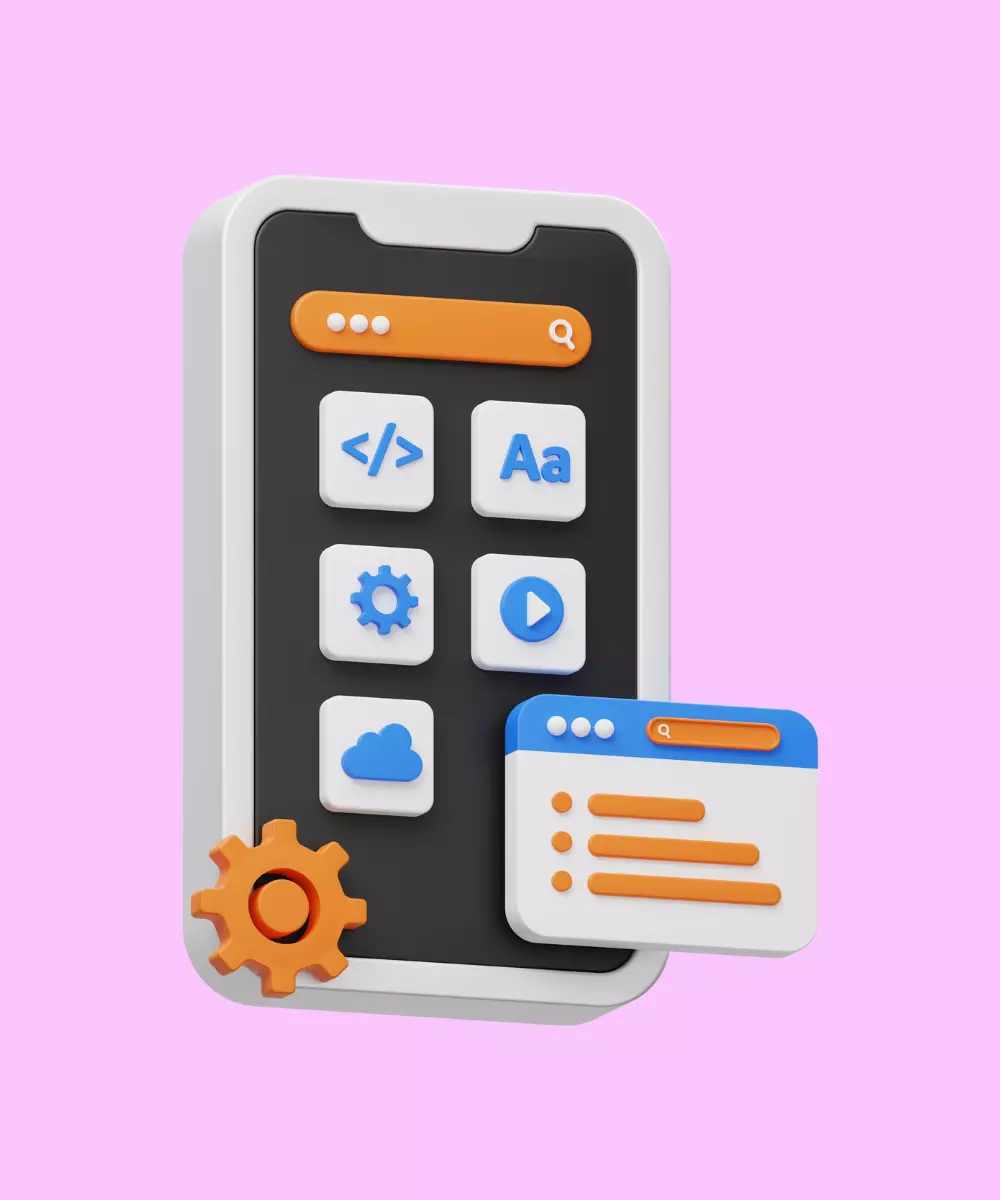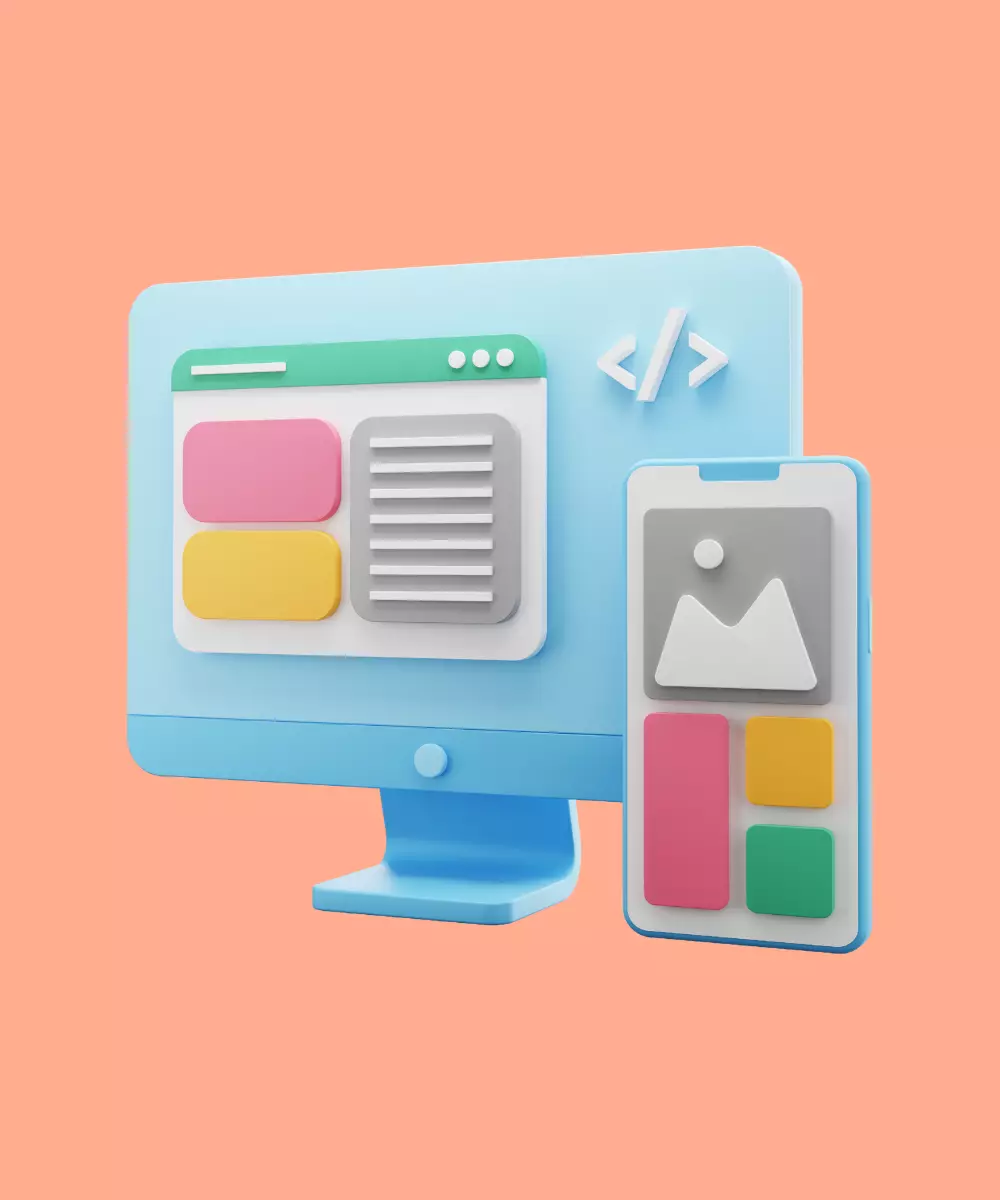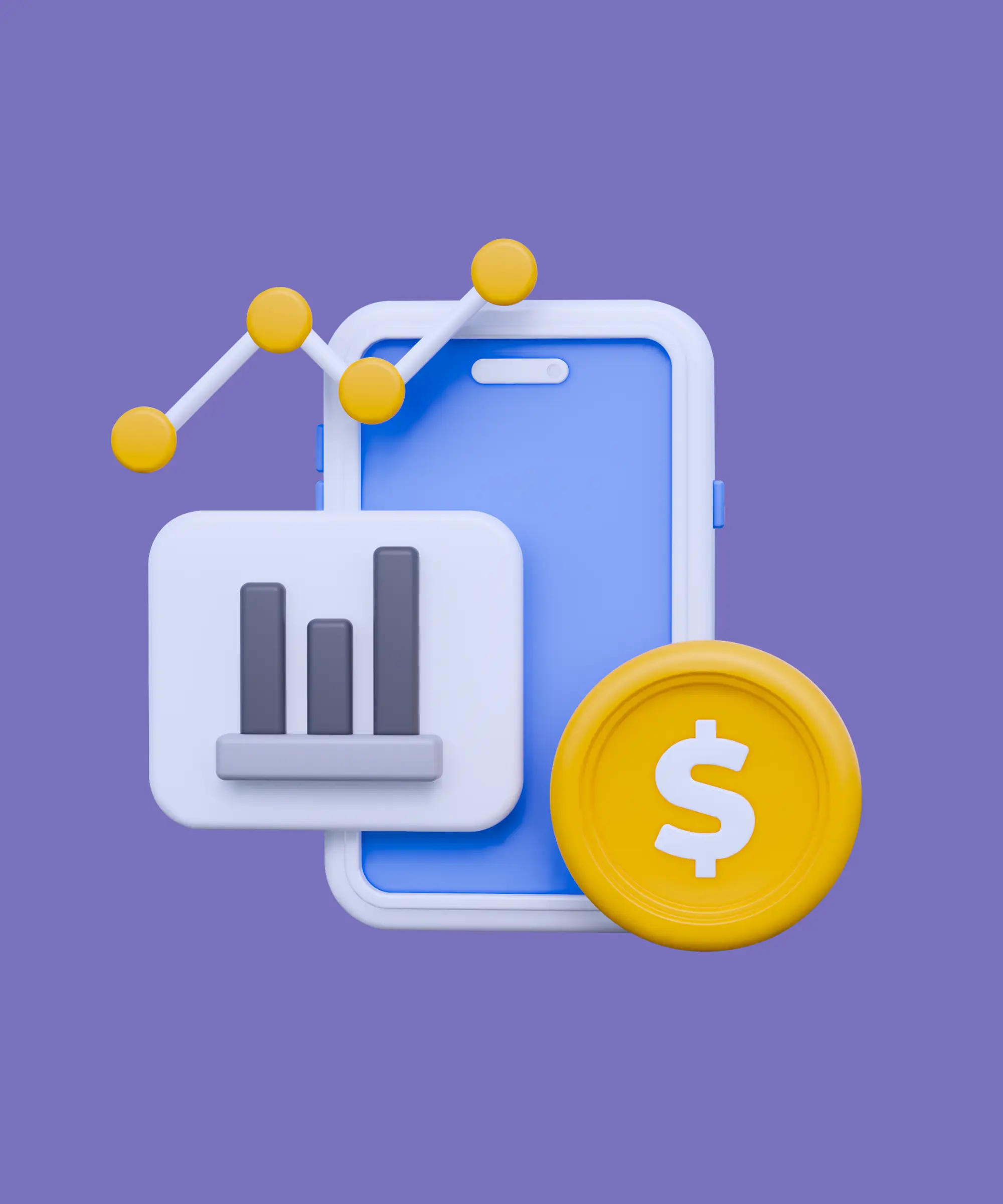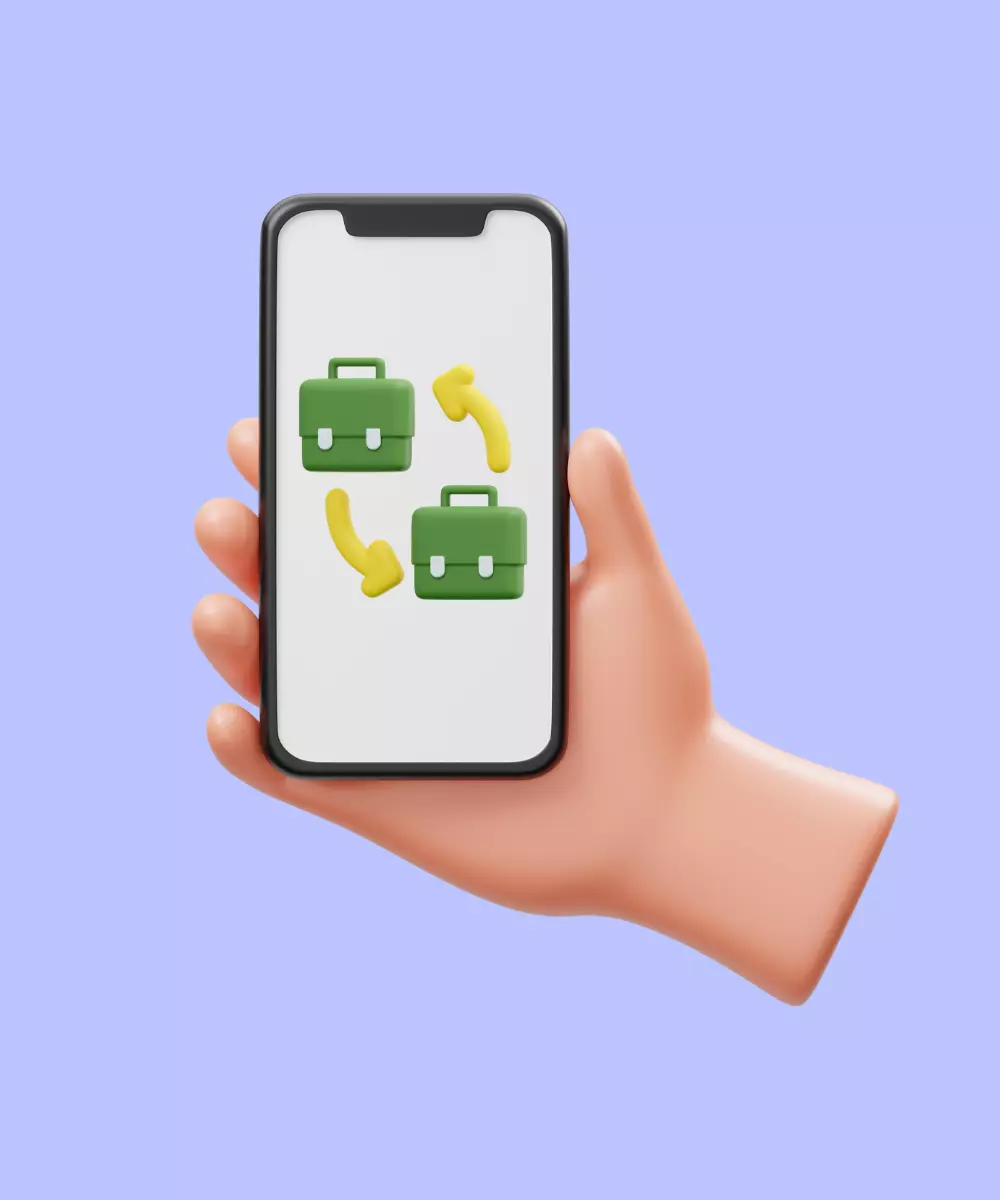In the intricate dance of the digital realm, enterprise mobile apps have increasingly become the linchpin for businesses of all sizes. As we navigate 2024, the dependency on mobile solutions has amplified, given the global shift towards digitalization and remote operations. No longer just an accessory or a "nice-to-have," these apps have become critical components that drive business efficiency, facilitate robust customer interactions, and foster employee productivity.
But as enterprises race to harness the power of mobile applications, they're met with a unique set of challenges. From security hurdles to ensuring impeccable user experiences, the path to creating a successful enterprise app is fraught with complexities. This article delves deep into these challenges, illuminating the landscape of enterprise mobile apps in 2024 and showcasing examples of businesses that have masterfully turned these challenges into opportunities. Let's embark on this journey and unearth the potential of mobile apps in today's enterprise ecosystem.
Enterprise App Challenges

The task of developing an enterprise mobile application is like sailing in uncharted waters. With every turn, there's an unexpected challenge to navigate, stemming from the relentless evolution of technology, changing user expectations, and the intricacies of the business ecosystem. Delving further into this intricate matrix, we can shed light on additional layers of challenges that enterprises face.
Security concerns
Protecting company and customer information. A security lapse could result in substantial financial setbacks, tarnish a brand's image, and diminish client confidence. Imagine the app as your office vault: if not secured correctly, valuable company secrets and customer information can be stolen. When data is stored on a third-party server, there's a loss of direct control over it. It's pivotal for businesses to maintain direct oversight of their data. Proper security ensures that this vault remains impregnable.

Integration issues
Making the app work seamlessly with other business tools. In many enterprises, different departments utilize a myriad of software solutions tailored to their specific needs. This can range from inventory management systems in logistics to customer relationship platforms in sales, or from project management tools in operations to financial tracking software in accounting. Each software solution, while expertly designed for its individual purpose, might not naturally communicate or synchronize with others.
The challenge for managers lies in ensuring that these varied software tools integrate effectively. An ideal enterprise app acts as a bridge, linking these diverse tools and ensuring seamless communication between them. Without this integration, it becomes analogous to individual departments within an office operating in silos.
Scalability
Preparing the app for growth and expansion. Scalability in enterprise applications is a paramount consideration for managers. As your business evolves, there may be an increase in users, data, or feature requirements. A scalable app can accommodate this growth seamlessly, without the need for disruptive overhauls. This approach ensures cost-efficiency, maintains a competitive edge, and guarantees a consistent user experience.
It's not just about expanding horizontally, adding more users or devices, but also about the vertical addition of functionalities. For instance, if an enterprise wants to add AI-driven analytics or real-time collaboration tools to its app, the architecture must support such vertical scalability. By emphasizing scalability, managers lay the foundation for agile and resilient operations in the face of growth.

Maintenance & updates
Regularly refining and enhancing the app. In the dynamic world of technology and business, staying updated is essential. As both tech environments and company strategies shift, your enterprise application must evolve in tandem. Regular updates ensure that the app remains compatible with emerging devices and aligns with the ever-evolving business landscape. Just as continuous learning is vital for staff adaptability, consistent app maintenance is the key to seamless and efficient operations.
Cross-platform compatibility
Making sure the app works across all devices. Whether your team uses phones, tablets, or different computer systems, they should have a consistent experience. It ensures that everyone can access vital information and tools, regardless of the device they're using. It's like ensuring all presentations are accessible, whether viewed on a projector, laptop, or tablet.

Data management and analytics
Managing the information the app collects and drawing insights from it. The app can provide valuable insights into customer preferences, sales trends, and more. Proper data management ensures this information is stored securely, and analytics tools help interpret this data, guiding decision-making. Think of it as sifting through customer feedback and using it to refine your services or products.

Regulatory and compliance hurdles
Making sure the app abides by legal standards. Digital regulations vary by region and evolve over time. Ensuring compliance helps avoid legal penalties, maintain customer trust, and uphold your company's reputation. It's akin to meeting health and safety standards in a physical workspace to ensure employee safety and avoid legal complications.
Use Cases of Enterprise Mobile Apps for Businesses in 2024
By 2024, the digital transformation in various industries has been at full swing, and enterprise mobile apps have become more sophisticated, offering an array of solutions to modern businesses. Here are some key use cases of enterprise mobile apps for businesses in 2024:
Enterprise resource planning (ERP)
- Real-time access: For instance, a retail manager at a conference can immediately check inventory levels of a popular product using the ERP mobile app, ensuring they place timely orders to meet demand.
- Improved productivity: A finance executive on a business trip can quickly generate and share financial statements from the app without waiting to get back to the office desktop system.
- Enhanced collaboration: For instance, a manufacturing company can synchronize its design, production, and distribution teams using the ERP app, ensuring all teams are updated on product changes instantly.
- Data-driven decisions: A marketing head can review real-time sales analytics from a recent campaign via the ERP app, allowing them to fine-tune strategies on the fly.
- Customer satisfaction: Consider a sales representative who can pull up a client's purchase history and preferences during a meeting, leading to more tailored product recommendations and building a stronger relationship.
Examples: Popular platforms like SAP S/4HANA or Oracle's NetSuite have adapted to the mobile environment, offering robust ERP apps that cater to the dynamic needs of businesses in 2024. These apps ensure every department in an organization remains interconnected, promoting efficient and cohesive operations.
Employee productivity and collaboration
- Task management: Mobile apps that allow employees to manage, prioritize, and collaborate on tasks and projects on the go.
- Document collaboration: As businesses become more geographically dispersed, real-time document collaboration becomes crucial. Mobile apps can integrate with cloud storage, allowing employees to edit, comment on, and share documents from anywhere. This means project timelines can be met even if team members are in different time zones or on the move.
- Unified communication: These apps are crucial for maintaining a connected workforce. They bridge the gap between desk-bound and mobile employees. Features like push notifications ensure that important updates or messages aren't missed, even if an employee isn't currently in-app.
Examples: Applications like Zoom or Slack are pivotal for businesses that have embraced remote work. A team in different time zones might use Slack to stay connected, sharing updates and important files seamlessly, while Zoom might be their go-to solution for virtual face-to-face meetings.
Field and sales operations
- Route optimization: For logistics and delivery companies to determine the best routes in real-time.
- Inventory management: Modern inventory apps are equipped with barcode and QR code scanning capabilities using a device's camera, removing the need for specialized equipment. This facilitates more frequent and accurate stock takes, reduces errors, and ensures businesses can react swiftly to inventory requirements.
- Sales enablement: It's not just about accessing product info; it's about presenting it. These apps can contain multimedia presentations, pricing calculators, and even augmented reality features to visualize products in the customer's environment.
Examples: Apps like Oracle's Field Service (part of the Oracle Cloud suite) offer field operatives tools to improve service efficiency. A technician could use such an app to pull up a product's service history before attending to a repair.
Customer relationship management (CRM)
- Mobile access to customer data: Mobile CRMs empower representatives with on-the-spot access to comprehensive client profiles, from purchase histories to past interactions. This immediate access, coupled with offline capabilities, ensures informed decisions and tailored interactions, irrespective of connectivity.
- Tools for sales teams: Mobile CRMs are tailored for the fast-paced nature of sales, offering tools for swift data input and updates. Whether capturing new contact details or noting key interaction points, quick and accurate data entry is prioritized. Integrated communication functionalities further bolster real-time collaboration, ensuring teams stay synchronized and agile in response to client needs.
Examples: For instance, Salesforce's mobile app allows sales teams to instantly access and update client information from anywhere. The app provides a unified view of every customer touchpoint across various departments. With tools like Microsoft Dynamics 365, representatives can easily add data during or after a meeting, ensuring that their CRM remains up-to-date.
Training and development
- Mobile learning: As the workforce becomes more accustomed to on-demand information, the days of scheduled training sessions are dwindling. mLearning apps allow employees to learn at their own pace, often using gamified elements to increase engagement. This can lead to better retention of information and skills.
- VR and AR: These aren't just gimmicks; they have genuine use cases. For instance, a technician could use an AR overlay to view a machine's internal components and repair guidelines, reducing the need for bulky manuals and ensuring repairs are done accurately.
Examples: Mobile platforms like Workday or LinkedIn Learning are revolutionizing how businesses onboard and train new hires. A new hire might use Workday's mobile platform to fill out necessary documentation or use LinkedIn Learning to go through a course essential for their role.
Operational efficiency
- IoT integration: This is particularly relevant for industries like manufacturing or agriculture. For example, a factory manager can get real-time stats on machine performance or energy consumption. In agriculture, sensors can provide data on soil moisture levels, which can be accessed through mobile apps to make informed watering decisions.
Examples: Mobile solutions like Trello or Asana allow teams to manage projects and tasks efficiently. For example, a manager could assign tasks to team members during a field visit, ensuring no time is lost in transitioning from fieldwork to deskwork.
Business analytics and decision support
- Mobile dashboards provide executives with the ability to monitor KPIs on the go. It's not just about passive viewing; these dashboards can be interactive, allowing users to drill down into data or even run simulations based on different parameters.
Examples: Companies harness tools like Tableau for data visualization, enabling decision-makers to swiftly discern market trends. Microsoft Power BI provides real-time insights, helping sales managers evaluate campaign success instantaneously. With QlikView, in-depth data analysis lets analysts pinpoint challenges, such as supply chain bottlenecks. These mobile-friendly tools ensure that vital insights are accessible anytime, anywhere, bolstering timely decisions.
Customer engagement and support
- Chatbots and AI support: Chatbots have grown more sophisticated by 2024. Integrated into mobile apps, they can provide instant, 24/7 customer service, booking facilities, or even product recommendations based on user behavior. This enhances the user experience while reducing the burden on human customer service agents.
Examples: Businesses, like major e-commerce platforms, often integrate chatbots such as Zendesk's Answer Bot into their mobile apps, offering customers instantaneous responses and support, enhancing user experience and service efficiency.
Supply chain management
- Monitor and manage suppliers: A real-time view into supplier performance, adherence to delivery schedules, and quality metrics can be accessed via mobile apps, enabling better vendor management.
- Shipments: Tracking shipments, understanding potential delays, and getting estimates on arrivals are all facilitated through mobile apps, keeping all stakeholders informed.
- Inventory levels: Inventory management on-the-go ensures that stock levels are always known, facilitating better planning and order management. Alerts for low stock or high demand items can be set up, ensuring timely restocking.
Examples: Major retail chains like Walmart utilize mobile tools to have a real-time view of their supplier performance and inventory levels. Mobile apps like ShipStation help businesses keep track of shipments, allowing them to inform customers about delivery statuses and potential delays.
Event and conference management
- Apps to manage event schedules: Modern events, especially large conferences, can have multiple tracks and hundreds of sessions. Mobile apps help attendees easily view the event's agenda, select sessions of interest, set reminders, and even integrate with their personal calendars.
- Provide real-time updates: Event details or schedules can change last minute. Mobile apps push notifications to attendees, ensuring they're always aware of the latest changes, be it a venue change, a rescheduled session, or an important announcement.
- Facilitate networking: Networking is a key component of many events. Event apps can have features like attendee directories, private messaging, and even 'meet-up' scheduling to facilitate interactions.
- Gather feedback: For event organizers, feedback is crucial. Mobile apps can easily push session or event-wide surveys to attendees, allowing for real-time feedback collection and subsequent analysis.
Examples: At large-scale tech conferences like CES, attendees rely on mobile apps to manage their schedules, receive real-time updates, and network with peers. Such apps also gather feedback, aiding organizers in improving future events.
Mobile eCommerce
- B2B order placements: Unlike traditional consumer shopping carts, B2B order placements often involve bulk orders, custom pricing, or contract-based purchases. Mobile apps tailored for B2B can handle these complexities, allowing businesses to place orders on-the-go.
- Payments: Secure payment gateways integrated within these apps ensure that transactions, often of significant amounts in the B2B space, are conducted safely.
- Tracking: After placing an order, businesses can monitor its progress, from order confirmation, dispatch, in-transit updates, to delivery, ensuring complete transparency.
Examples: For B2B transactions, platforms such as Alibaba's mobile app enable businesses to place bulk orders, conduct secure payments, and track shipments on-the-go, catering to the unique needs of business-to-business commerce.

Health and safety compliance
- Checklists: Regular safety checks are vital in many industries. Mobile apps can provide digital checklists, ensuring that all safety protocols are meticulously followed and recorded.
- Safety protocols: Access to digital manuals or safety guidelines ensures that employees can reference them whenever needed, ensuring compliance and reducing risks.
- Incident reporting: In the unfortunate event of incidents, quick reporting can be crucial. Mobile apps allow for immediate documentation, photo attachments, and even location tagging, ensuring comprehensive incident records.
Examples: In industries like construction or energy, mobile apps are essential. A construction company might use an app like SafetyCulture's iAuditor to ensure regular safety checks are performed, provide access to safety protocols, and report incidents immediately.
Conclusion
The digital progression of 2024 has firmly established that enterprise mobile apps are no longer a luxury but a necessity. These apps, tailored to address specific business challenges, have become instrumental in boosting operational efficiency, deepening customer engagement, and ensuring adaptability in an ever-evolving market. The true essence of these tools, however, is realized when they are custom-designed to resonate with a business's unique needs and aspirations.
In the domain of tailored app solutions, Flutter stands out with its adaptable, efficient, and versatile framework. At What the Flutter we go beyond mere development. We collaborate, innovate, and transform your ideas into impactful digital realities.
If you're poised to elevate your enterprise's mobile strategy, our Flutter expertise is your ticket to success. Let's shape your digital future together. Reach out to us and embark on a transformative journey with Flutter. Remember, in the dynamic realm of 2024, it's not just about having a digital tool; it's about having the right one.












